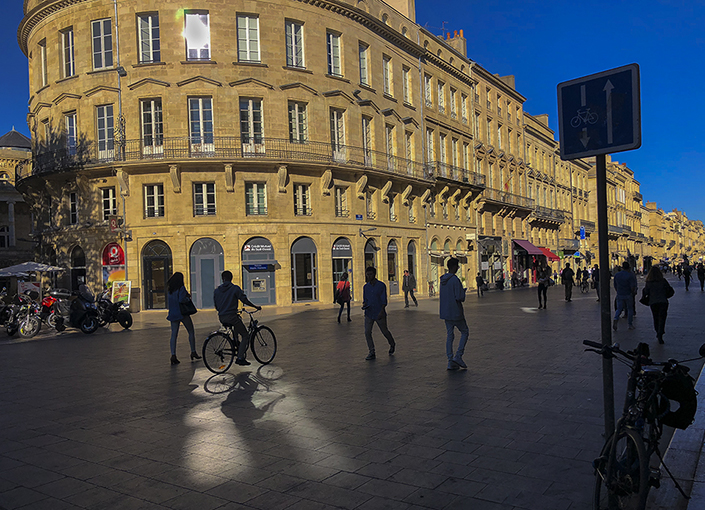Update on My Daily Postings
Three years. That is the timeframe for my visual diary.
As my followers on this website, or on my Twitter and Facebook know, every day current images are posted. The camera in my mobile phone makes this possible, as now I always have a camera at my side. As has been stated many times, your best camera is the one you have with you.
For the past year or so, I have been trying to theme my posts. The pictures have become less scattershot and, once I decide on the theme, it allows me to explore the chosen subject with a little more depth – close ups, different angles, more subtleness, etc.
The drawbacks of the camera in the phone are these:
1) A slight delay before the “shutter” goes off. One must anticipate the correct moment.
2) Cell phone cameras use the ISO (rendering the sensor more or less sensitive to light) to determine exposure. The aperture (f stop) is always the same – f stop 2.2. This does not allow for panning or selective focus. On a cell phone, the selective focus is done using software, and the camera, not you, does the selection.
3) The zoom function is digital, meaning that it is a crop of the image as the sensor captures it. As you zoom in, the image deteriorates. Some cell phones have two cameras to give you more quality with a “longer” lens. On iPhones, the second lens is only 52mm, the primary is 28mm. I rarely zoom more than 3X because of the loss of image quality.
4) This brings me to the lack of long lenses on the cell phones. There are clip-ons and apps that run an add on camera where you use the phone screen as the viewfinder, but both are inadequate and defeat the purpose of the phone-camera. When I am off to shoot wildlife or sailboats and know I will need longer lenses, I take a camera that has those features.
5) The highlights of images taken with mobile cameras tend to blow out. A digital sensor will simply “clip” at a certain point, rendering any luminance values that exceed it’s dynamic range as pure white. This is called highlight rolloff. HDR (High Dynamic Range) settings help this problem, but it is a known issue with all digital cameras. Many, many more pixels are needed to record the highlights than the shadows. And the sensor capture on most mobile phone cameras is small compared to cameras.
Will the camera phones get better? I recall an interview with Tim Cook, Apple’s CEO, where he said that the camera is the most used app on the phone and that there are 80 engineers (at that time) working on the camera. So yes. Probably the sensor will capture more pixels (better highlights), creation of software to minimize noise, more work on the delay factor, etc. In my view, digital zooms will remain an issue.
The pervasive use of mobile phone cameras has helped photographers photograph people. Today, most people have their picture taken on a daily basis, and showing up with a camera does not freak them out. The downside is that the glut of images that amateurs take has produced some excellent shots because “f2.2 and be there” gives them a 7/24 opportunity to be in front of some amazing situations. This lowers the monetary value of photography, as most amateurs are not in it for the money (they have real jobs), but are happy to see their pictures used, as it strokes their ego.
So how does this affect my daily visual diary? It doesn’t. As my partner says, “Photography is in Bob’s DNA.” She’s right!
